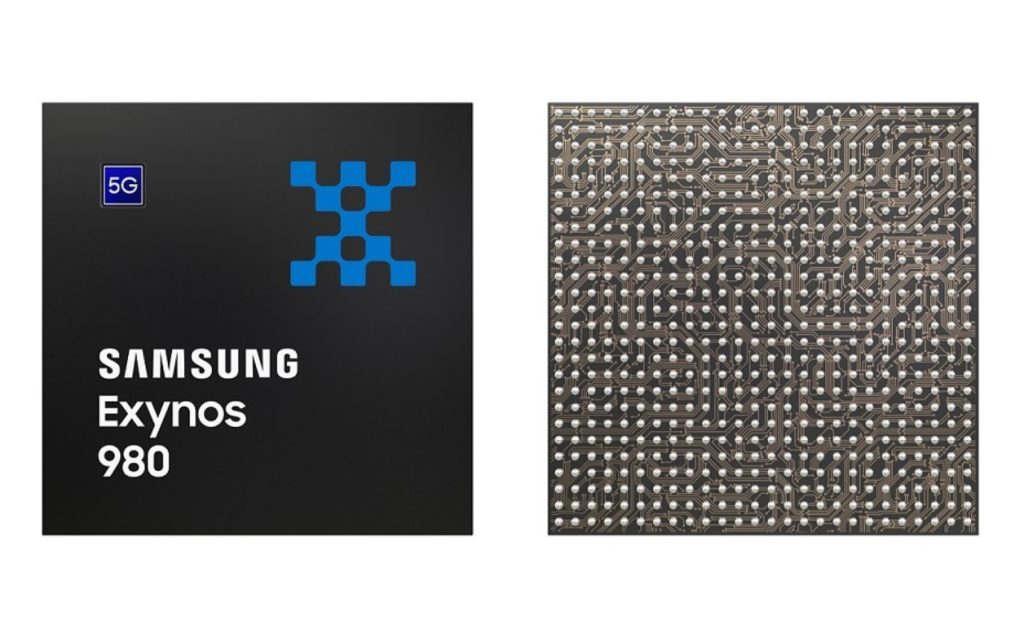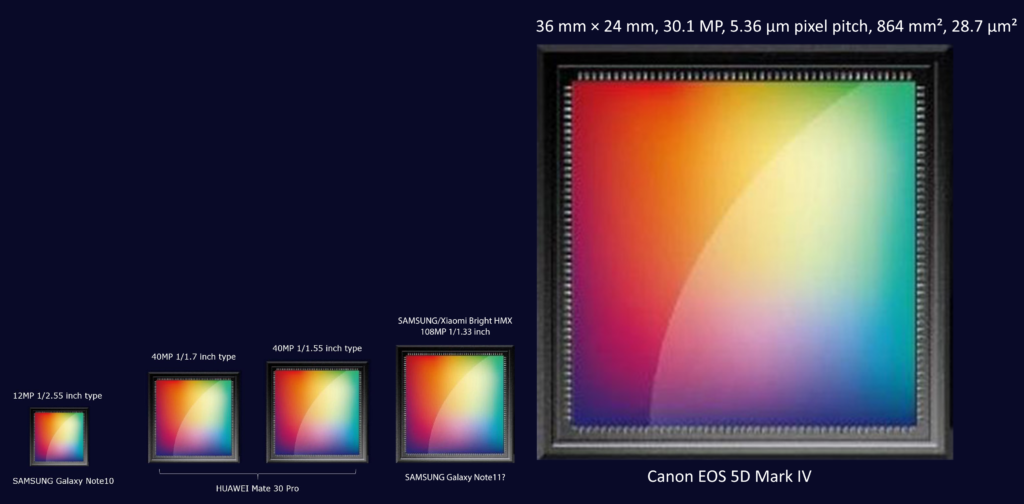Back in September, Samsung announced the Exynos 980 chipset. It is Samsung’s first chipset with a built-in 5G modem. Also, Samsung designed the chipset for use in upper-midrange smartphones. Additionally, the official website lists detailed information about the specs and features of the Exynos 980 chipset.
However, in the past, Exynos chipsets have been used in Samsung’s Galaxy devices range of products. But now it seems that this practice has taken a turn with Vivo. Since Vivo is the latest OEM to make use of the Exynos 980 chipset in its upcoming Vivo X30 smartphone. And now, coming back to Samsung, the Galaxy A71 5G could be the first to use the Exynos 980.
Contents
Specifications and Features | Samsung Exynos 980
CPU
Currently, the Exynos 980 is listed on Samsung’s official website and, its highlight is the built-in 5G modem. It houses an octa-core processor that has a 2 + 6 configuration, consisting of – 2 x 2.2Ghz Cortex-A77 cores, and 6 x 1.8Ghz Cortex-A55 cores. The processor connects to an ARM Mali-G76 MP5 GPU along with an NPU.
The chipset is capable of supporting WQHD+ resolution displays of up to 3360 x 1440 pixels. Additionally, the Exynos 980 chipset supports LPDDR4X RAM and UFS 2.1, eMMC 5.1 storage solutions. This whole chipset makes use of 8nm FinFET architecture for fabrication. Also, the chipset is capable of delivering AI for use with pro-grade cameras and intelligent assistants with its DSP and NPU. The custom octa-core silicon is made to handle intensive tasks that require low latency and high bandwidth 5G spectrum handling.
The inclusion of an advanced DSP and NPU allows for the on-device processing of AI-powered tasks, thereby eliminating the need to send personal data. This is return, do three things to benefit the user experience – reduce response time, improve security, and improve data privacy. The chipset also enhances smartphone applications with better content filtration, secure user authentication, AI camera, and AR.
Camera
The AI-powered pro-grade image processor on the Exynos 980 has support for up to five individual sensors. The image processor is capable of processing three simultaneous image streams, offering a genuine multi-camera experience. The image processor supports sensors up to 108-megapixels and dual 20-megapixel cameras. The NPU works by detecting objects and scenes in tandem with the ISP to automatically adjust exposure, hue, white balance, sharpness, saturation, and more. The results are some very professional looking images.
GPU
The SoC houses the ARM Mali-G76 MP5 GPU that offers one of the best 3D processing capabilities in the segment. The GPU helps in reducing lags and loading times significantly.
Others

The chipset has support for 4K UHD encoding and decoding at 120fps, courtesy of the multi-format codec (MFEC). Users will be able to use depth-of-field effects in videos, provided by the NPU’s AI capabilities. Exynos 980 also has Wi-Fi 6 support, which facilitates faster speeds over a Wi-Fi network. Bluetooth 5.0 is also on offer, which offers multi-device connectivity and GNSS for accurate location mapping.
Wrap-up
The Galaxy A71 is said to be the next affordable 5G smartphone from Samsung. It might also well be Samsung’s first mid-range 5G smartphone courtesy of the Exynos 980. Currently, Samsung uses flagship-class chipsets like the SD855 and Exynos 9825 only on its premium devices. The company needs a cost-effective 5G compatible SoC, and that is where the Exynos 980 fits the equation.
Do share your thoughts regarding the post in the comments section below. If you liked the content, please show your support by visiting and Following us on our Facebook and Twitter accounts.
 Mobile Arrival Smartphones and gadget reviews, news and more.
Mobile Arrival Smartphones and gadget reviews, news and more.










